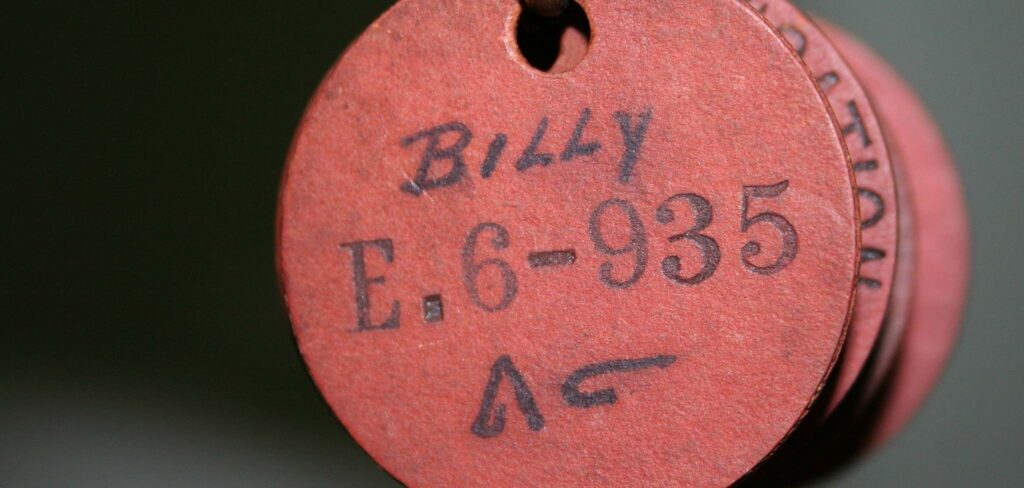The Inuit, or popularly known as Eskimos, are indigenous groups of people inhabiting the Arctic regions of Canada and Alaska. They would often name their children uniquely. Today they have adopted a more western form of naming their kids, but why is that so?
Project Surname was a plan executed by the Canadian government to replace the Inuit identification system by assigning them surnames to their liking. Before the project, the Inuit people were given numbers inscribed on a disc as their identification.
Project Surname
From 1968 to 1971, the Canadian government and the Northwest Territories Council formed Project Surname. Commissioner of the Northwest Territories Stuart Hodgson and one Inuit leader Abraham Okpik carried out the project intended to change the Inuit identification system from an assigned number inscribed on a disc to a surname. (Source: Canadian Encyclopedia)
The surname is entirely up to the person’s choice. By 1971, Okpik was able to interview and help around 12,000 Inuit choose their surnames. Today, inuits adopt a combination of Euro-Christian first names and preserve their Inuit last names.
What was the System Before Project Surname Started?
In the 1920s, missionaries and government officials pushed for identifying the Inuit following European norms and the patriarchal social model. The ministers and government officials had difficulty identifying the Inuks for trading, census reporting, and other records as they were unfamiliar with the Inuit naming system.
There were several proposals in naming and identifying the Inuk. The federal government tried a few approaches like a binomial naming system, spelling standardization, creating individual files, and even obtaining fingerprints. Finally, in 1941, the government registered each Inuk with a unique numeric identifier.
This unique numerical identifier was either stamped on a leather disc or printed on a card, which the Inuk was required to carry around or even sew on their clothes. The Eskimo disc numbers, called ujamit in the Inuktitut language, can also be worn as a necklace. The practice lasted for more than thirty years. The system was put to an end in 1972. (Source: The Discover Blog)
Response to Project Surname
Despite Okpik’s success with the project, it met unfavorable responses. Some Inuit argued that the project reinforced the European naming model, ignoring the Inuit traditional culture. (Source: Canadian Encyclopedia)
In traditional Inuit culture, elders or parents take great care in choosing the name of their children. Children are often named after blood relatives, revered leaders or hunters, or exceptional people in the tribe. It is also believed that the traditional name carries great responsibility, believing that children can share physical and personality traits with those they were named after.
Changing the culture using a model with colonial history didn’t sit well with some Inuk. To add to this, some claim that they did not have the chance to choose their surname, despite the project’s voluntary nature.
Other Inuk preferred the disc system over Project Surname. They have already accepted their disc numbers, and some have formed an emotional attachment to them. The discs had become part of their identity and family history. Some also argue that the disc system was less invasive to the Inuit identity traditions and was a symbol that reminded the Inuk of Canada’s colonial past. (Source: CBC)
